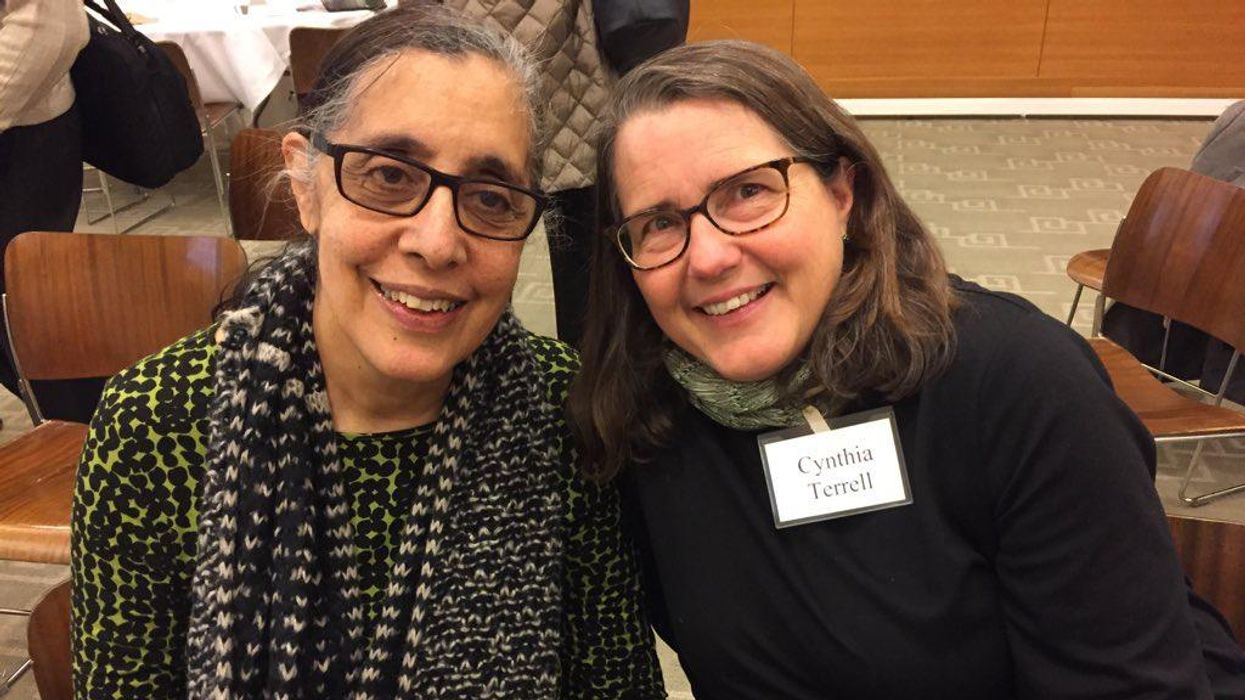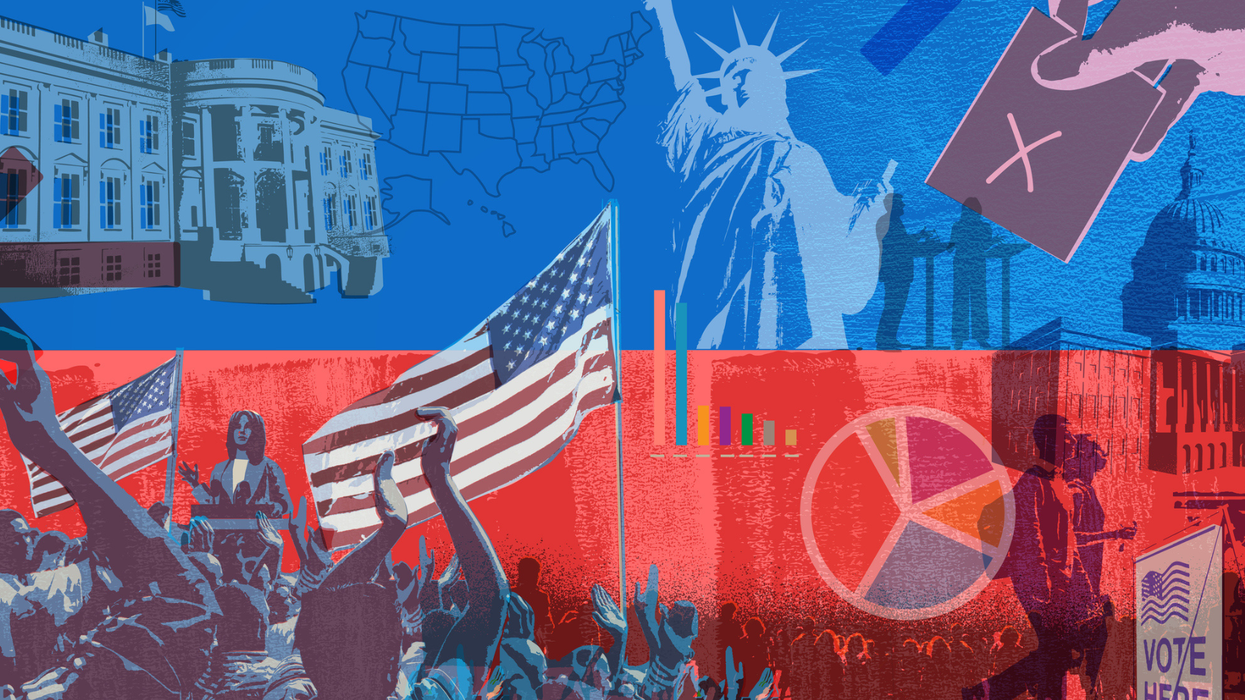Reilly is the outreach and communications coordinator for RepresentWomen, a nonpartisan organization advocating for policies that would result in more women holding office.
Last week, Kristen Clarke, following a protracted confirmation process, made history as the first woman and first Black woman to lead the Justice Department's Civil Rights Division. This historic moment comes 28 years, almost to the day, after the withdrawal of Lani Guinier's nomination for the same position by President Bill Clinton.
In 1993, Clinton nominated Guinier, a tenured law professor and former NAACP Legal Defense and Education Fund attorney, to head up the Civil Rights Division. A former classmate of Clinton's at Yale Law School, Guinier had worked in the division during the Carter administration before helping earn an extension of the Voting Rights Act in 1982 and becoming head of the NAACP LDF's voting rights project.
Following her nomination in April 1993, Guinier faced increasing scrutiny and opposition over her academic writings exploring concepts of quotas in nominations, equitable power within legislative bodies and proportional representation electoral systems. In direct contrast to their content, these writings earned her the labels of "quota queen," "anti-democratic," "Looney Lani," "a reverse racist," "a madwoman" and "breathtakingly radical" from her political opponents.
Media and public critiques of Guinier's writing often cherry-picked lines and ideas to cast her as radical and anti-democratic, while in reality her work is widely accepted by the electoral reform community and many of the electoral alternatives she explored are already in practice in numerous countries around the world. Her academic work focused on ways in which the U.S. electoral and political system could be race-conscious, fair and equitable for Black Americans who continue to face systemic racism and structural barriers in politics that white Americans simply do not.
In "Keeping the Faith: Black Voters in the Post-Reagan Era," one of the top works cited by her critics in the 1993 nomination fight, Guinier advocated for "affirmative recruitment" for political and judicial appointments. She wrote: "For example, the Senate Judiciary Committee should begin evaluating federal judicial nominations with reference to specific goals for increasing non-white nominees. The Committee should decline to consider any nominee until a sufficient number of nominations ... were made so as to enable the Committee to consider not only the individual qualifications for each, but the impact of these twenty or thirty nominations as a totality on the composition of the federal bench."
While dismissed at the time as an unfair quota, holding leaders with appointment powers to account for diverse nomination and appointments has become a common practice, especially within the Democratic Party over the past few months. Following President Biden's election in November 2020, many individuals and organizations came out in favor of a gender-balanced and diverse Cabinet leading to many historic firsts for women and communities of color. Despite gains in diversity in Biden's Cabinet, the lack of an AAPI appointment was met with fallout from groups like APAICS and Democratic Sens. Tammy Duckworth of Illinois and Mazie Hirono of Hawaii, resulting in the creation of a White House liaison to the Asian American and Pacific Islander community. Erika Moritsugu now holds that position.
In Guinier's Michigan Law Review article, "The Triumph of Tokenism: The Voting Rights Act and the Theory of Black Electoral Success," she criticized the U.S. reliance on racially gerrymandered single-member districts and the resulting tokenistic political representation for the Black community, and she spotlighted proportional voting systems to enable all voters to be able to elect representatives of their choice. Guinier wrote, "A fair system of political representation would ensure that disadvantaged and stigmatized minority groups also provide mechanisms to have a fair chance to have their policy preferences satisfied" especially if the number of racial majority representatives continues to dwarf the minority. Additionally, Guinier criticized excessive reliance on race-conscious single-member districts that gave incentive for "residential racial separatism" and failed to accurately represent the multi-racial characteristic of many districts.
Rather than being "breathtakingly radical," "looney," or "anti-democratic," Guinier's writings simply illustrate the widely recognizable pitfalls of the single-member, winner-take-all electoral system used in the United States that continues to overrepresent cis, white men. Although Clinton withdrew her nomination in June 1993, Guinier did not go quietly. She spoke out in her own defense and earned national acclaim, saying, "I am a democratic idealist who believes that politics need not be forever seen as 'I win, you lose,' a dynamic in which some people are permanent monopoly winners and others are permanently excluded losers."
While losing a chance to lead the Civil Rights Division, Guinier's ideas have gained traction in the United States. More than 100 localities have resolved voting rights cases with proportional voting systems, including cases brought by the Department of Justice in New York, where Port Chester adopted cumulative voting, and in Michigan, where Eastpointe adopted the proportional form of ranked-choice voting. Rashad Robinon, president of Color of Change, affirmed the increasing relevance of Guinier's ideas in awarding her with FairVote's Champion of Democracy award in 2017.
Kristen Clarke's confirmation process often mirrored that of Lani Guinier. Many of Clarke's critics again cast her as too "radical" to hold the position, in response to Clarke suggesting more money be spent on social programs like emotional health treatment and other often overlooked and underfunded areas. Despite historic strides in recent years for women, women of color continue to be scapegoated and dismissed for common-sense and practical solutions to structural issues. But as with Guinier, Clarke may get the final word: She now runs the Civil Rights Division at a historic time, when basic issues of fair access and fair representation are at play, and where a strong protector of the Voting Rights Act is more important than ever


















